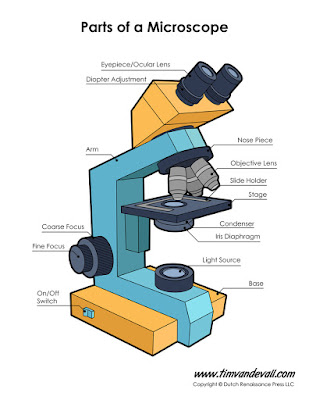Tuesday September 26 - Introduction to Ecosystems

Learning Goals: 1) Understand what an ecosystem is. 2) Explain what biotic and abiotic factors are, give examples, and explain how they influence ecosystems. 3) Understand the role of producers, consumers and decomposers in an ecosystem. 4) Explain the difference between herbivores, omnivores and carnivores. 5) Understand the terms individual, population, community, ecosystem, biome and biosphere. 6) Discuss some negative human impacts on the balance of ecosystems and suggest ways to limit this impact. Questions: https://www.youtube.com/watch?v=bJEToQ49Yjc 1. Define, in your own words, what an ecosystem is. 2. List the most common ABIOTIC (non-living) parts of an ecosystem (at least five). 3. List the most common BIOTIC (living) elements of an ecosystem. 4. How do the ABIOTIC (non-living) factors impact the BIOTIC (living) things in a ecosystem? (Hint - 1:30) 5. What are the three main groups of living things in an ecosystem? 6. Define producer. Giv...


